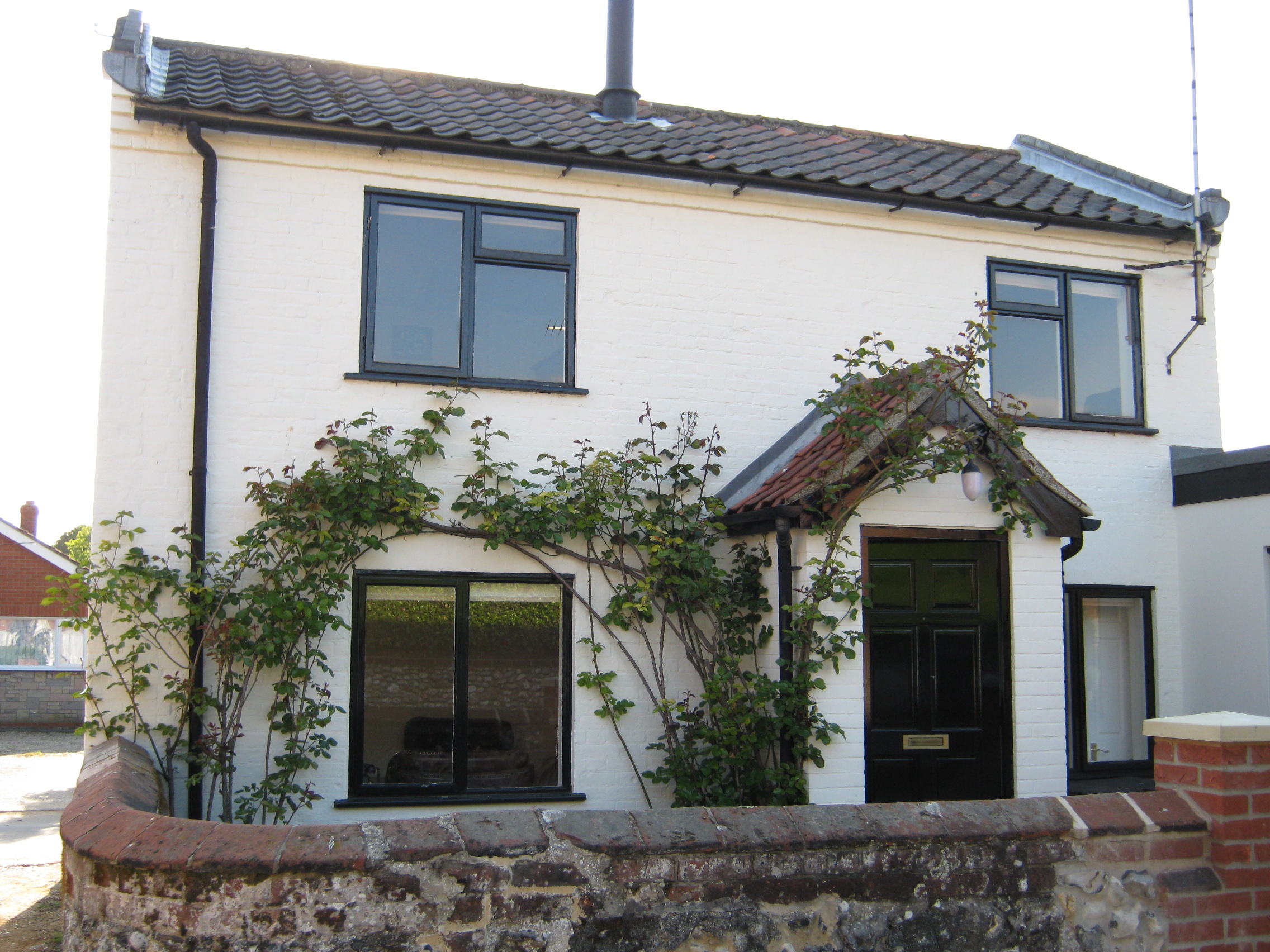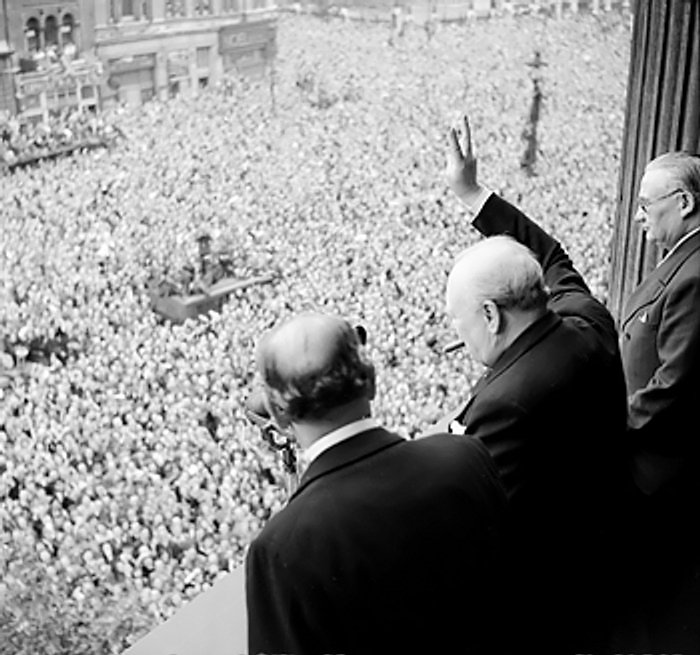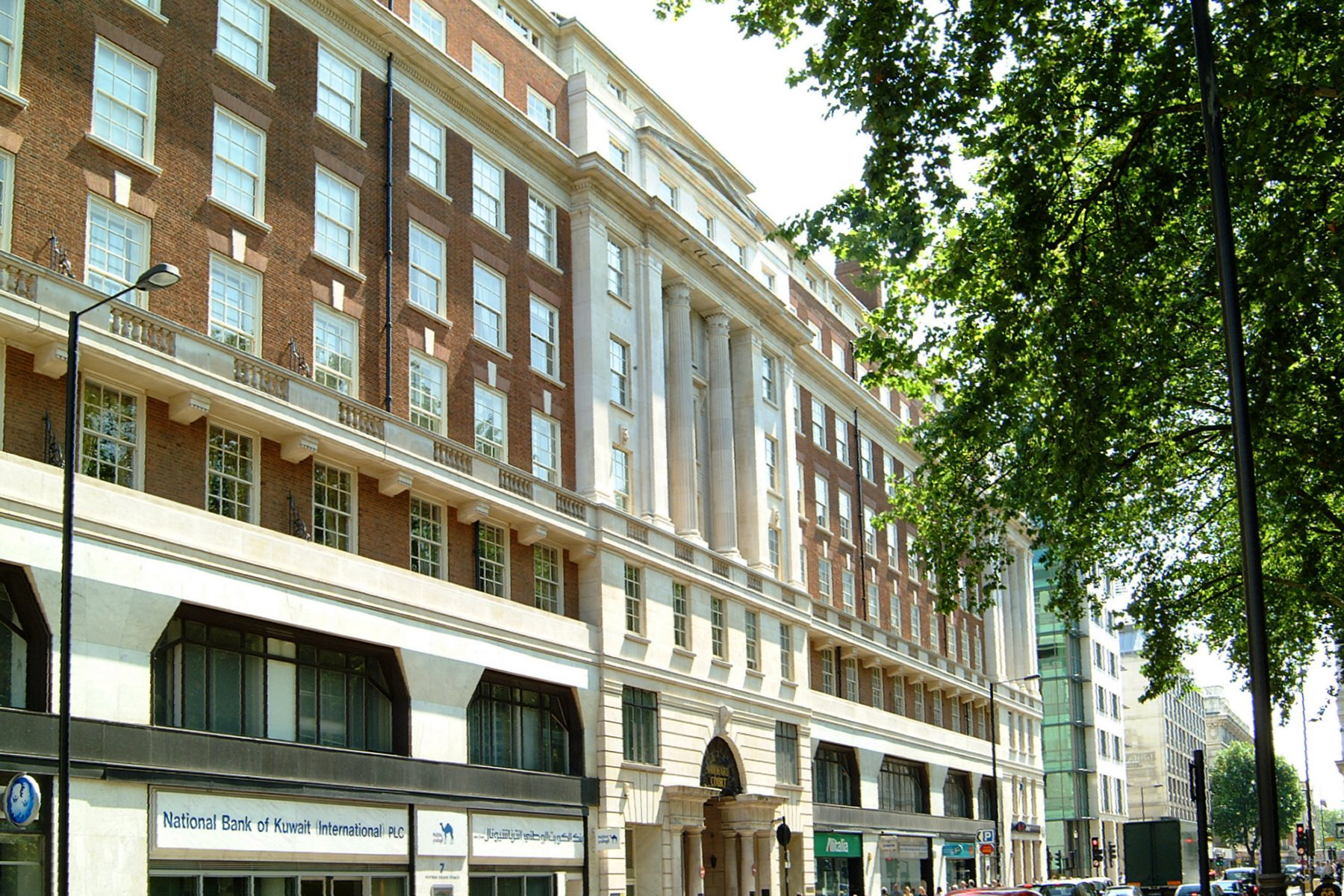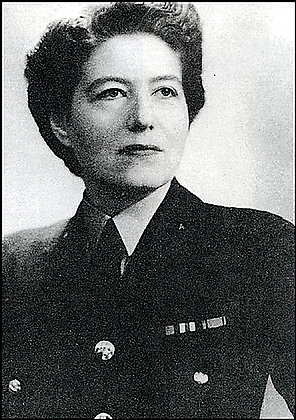Balaclava Cottage is situated in Lyng, a small village in Norfolk, to the north east of Norwich. It was built during the middle of the 19th century and for much of its history was home to working class families.
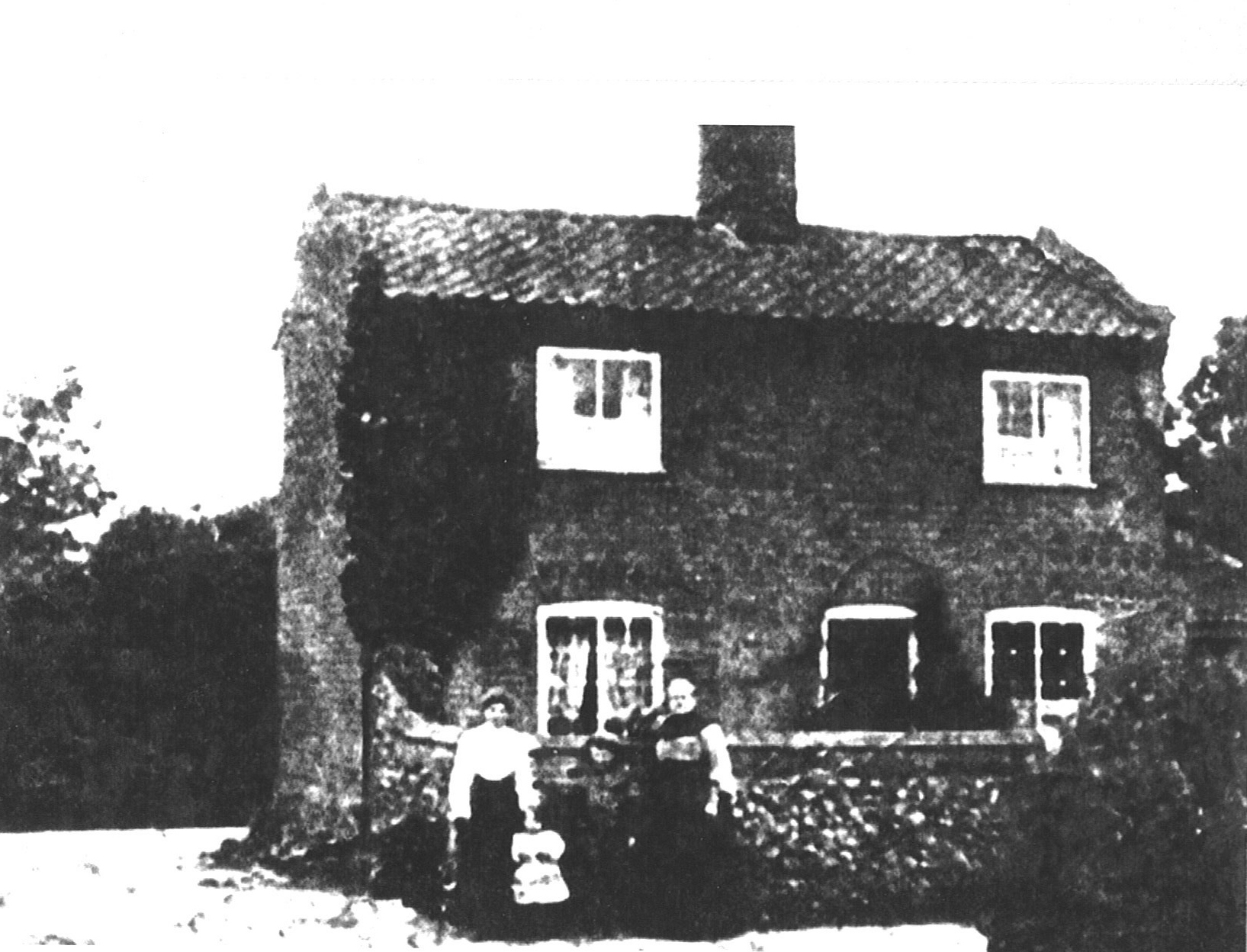
However, by the early 20th century this small cottage became the home of a hero. Private James Olley had still been a teenager when he fought in one of the most infamous events in British military history – The Charge of the Light Brigade – in the Battle of Balaclava during the Crimean War in 1854. It was then made famous by the poem by Alfred, Lord Tennyson, which appeared a few weeks later, in December 1854.
“Half a league, half a league,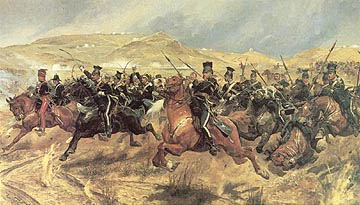
Half a league onward,
All in the valley of Death
Rode the six hundred.
“Forward, the Light Brigade!
“Charge for the guns!” he said:
Into the valley of Death
Rode the six hundred.”
Charge of the Light Brigade, verse one
James Olley was a member of the 4th Dragoons, and he was part of the charge ‘into the valley of death’, alongside the 13th Light Dragoons, 17th Lancers, and the 8th and 11th Hussars, led by Major General the Earl of Cardigan.
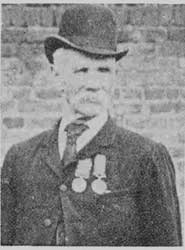
Private Olley not only survived the horrendous charge, despite severe wounds, but he also wrote about his experience. The first-hand account of his experience as an ‘ordinary’ trooper sold at auction in 2008 and gives us a glimpse into that famous day:
“Whilst fighting at the guns, I received two lance wounds, one in the ribs and one in the neck from behind…I was wounded by a sabre across the forehead by a Russian dragoon…I gave him point and stabbed him. The sword fell from his hand and the point penetrated my foot…”
He went on to describe how he was shot in the eye, but he still managed to ride to safety. He was later nursed by Florence Nightingale, and when he was invalided back to England he was presented to Queen Victoria and Prince Albert at Brompton Barracks.
On his return to civilian life he fell into poverty, with no military pension, and was forced to beg in the streets. It was only after Mr Robinson of Knapton Hall took up his case that he received work and his circumstances turned around.
It was during the early 1900s that it is believed James Olley was first connected with the small cottage in Lyng. Records reveal that by 1911 he owned the house and it is thought he lived there for a short time during the years of the First World War. James Olley lived in several locations across Norfolk and by 1920 was living in Elsing (in another cottage he named ‘Balaclava Cottage’) where he passed away at the age of 82.
For more on the Charge of the Light Brigade visit The National Archives and for more on the history of Balaclava Cottage in Lyng, the full story is in my first book, House Histories: The Secrets Behind Your Front Door. :-)

